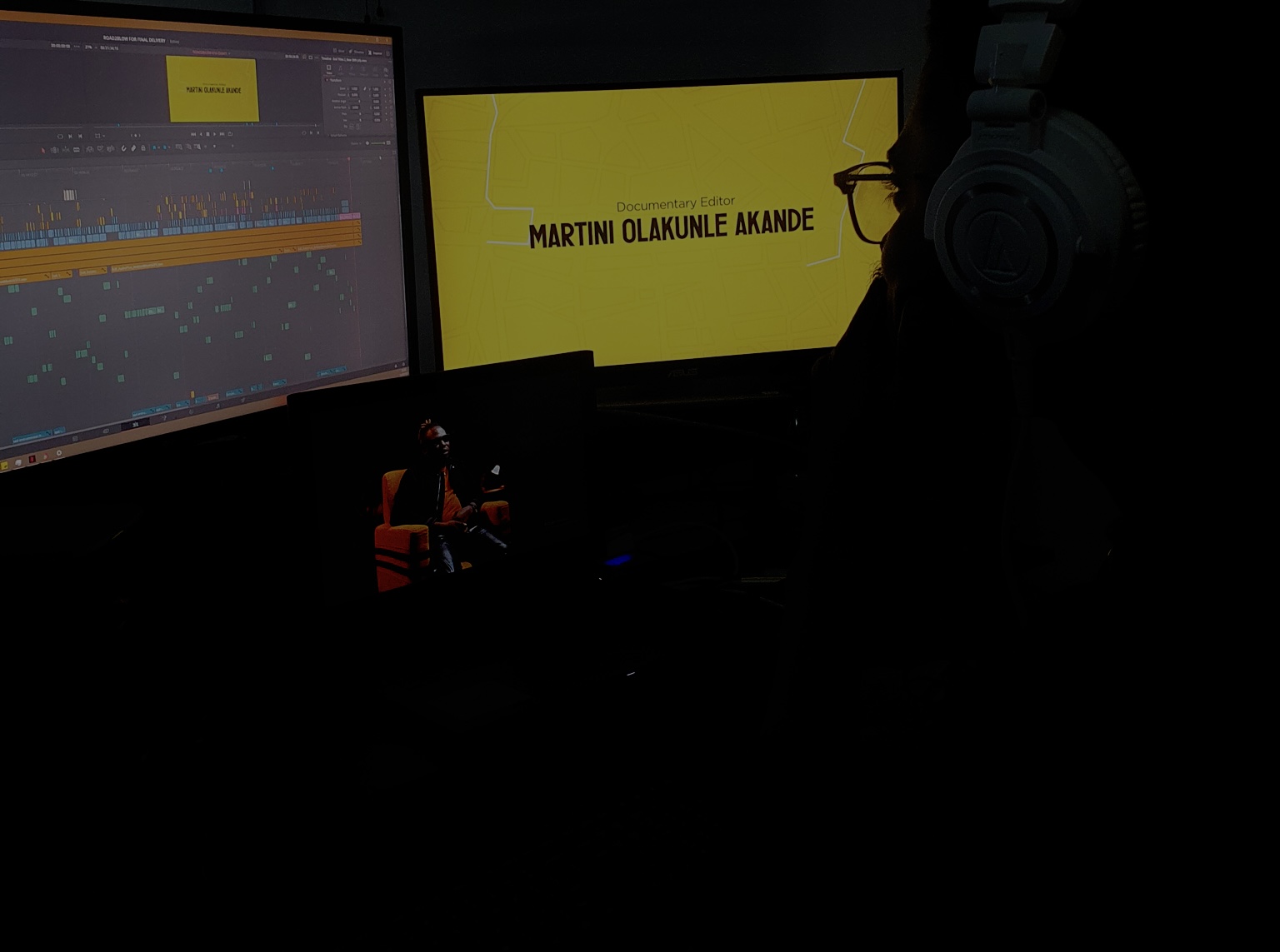What I’ve Learnt From Editing Films in Nollywood

The post-production process of filmmaking is not just technical, it is arguably the most creative part of the filmmaking process. As the last phase of the process, it is the "go hard or go home" phase of filmmaking. I have been editing professionally in Nollywood for about 5 years now and over the course of my short career I have picked up a few lessons. As a result, this article is going to be about what I’ve learnt from editing films in Nollywood. Without further ado, let’s get right into it.
First off, you should know that EDITING IS LIKE WRITING
This is no doubt the most important of all the points I’ll be talking about in this article, especially because every other point stems from here. The imaginative and creative power a writer wields when writing is very similar to that of an editor. Writing does not end where the story on the script ends. As a matter of fact, editing is often called "the final rewrite" because the two phases(Screenplay and Shooting) that precede the editing phase are also rewriting phases. The way a decision is made, presented, or changed through the edit, can influence the way we see a character or a scene. Decisions like when to cut, when not to cut, when to leave or enter a scene can dictate the reaction from the audience. One of the primary duties of an editor is making the actor look good. Decisions like when to use a reaction shot and how long you stay on the actor during a scene can shape the actor's performance for the audience. The creative responsibilities highlighted above amongst others make editing an extension of the writing phase.
ROUGH CUT WILL SUCK
Martin Scorsese once said, “If you don’t get physically ill seeing your rough cut, something is wrong.”
The first assembly, also known as a rough cut around here, is the initial cut after editing a film. And like you would expect when you try your hands at something for the first time, it might not exactly come out the way you would have wanted it to. So, your first assembly, or rough cut (whichever you prefer) will most likely not come out the way you imagined it would. However, the best part is that it’s expected, as bizarre as that might sound. The rough cut will help you assess the overall pacing of the film, monitor performances, determine the need for pickup shoots or reshoots. It's advisable that the rough cut is ready as soon as it can be.
YOU'LL NEED A TEST AUDIENCE
In film editing, a test audience is a stand-in for the actual audience that would get to see the film later on. A test audience is important for feedback. When it comes to film editing, feedback is priceless. Through that feedback, your attention is called to certain things you didn't even notice while editing and you might get helpful suggestions. It's important to carefully select your test audience so you're not testing with folks who would rather watch something else. Be sure your film is something they'll be interested in.
TEMP MUSIC IS IMPORTANT
Without temp music, two things could happen. It's either your test audience gets disinterested in the scene, or they get distracted while watching. This is because temp music helps to give your test audience a feel of events happening in a particular scene. There are emotions attached to certain scenes; it could be a happy or scary scene. Temp music helps to set the mood so that you can get to see honest reactions from whoever is screening the film.
JUST LOCK THE PICTURE, BRO
Naturally, this is supposed to be the easiest part of the job. I mean, I now have the final cut, all that's left is to lock the picture, right? Well, news flash... This is where many directors, producers, and even editors have a bit of a problem. In my experience, you really cannot get to the point where you say you're done editing a film because it's EDITING. I mean, you'll always think there's something you could have done better. And for that reason, I advise that once you're satisfied with your final cut, just go ahead and lock the picture. Locking the picture enables you to carry on with the music, sound work, color work, and graphics work of the film.
There are many pitfalls and frustrating experiences when working in Nigeria and by extension - Nollywood and of course other filmmaking meccas. Hopefully, my shared experiences and lessons will help educate, protect and prepare readers for the challenges that come with being working professionals. Thank you for taking some time out to read this, feel free to comment and ask me questions below. Please find my social media handles at the very end of this page if you want to connect with me.